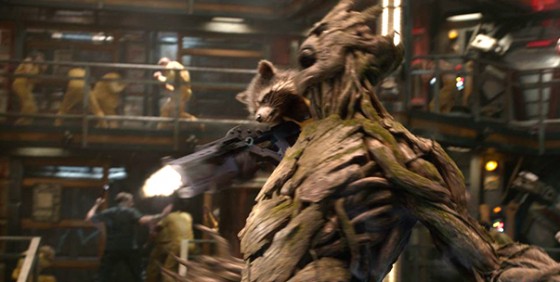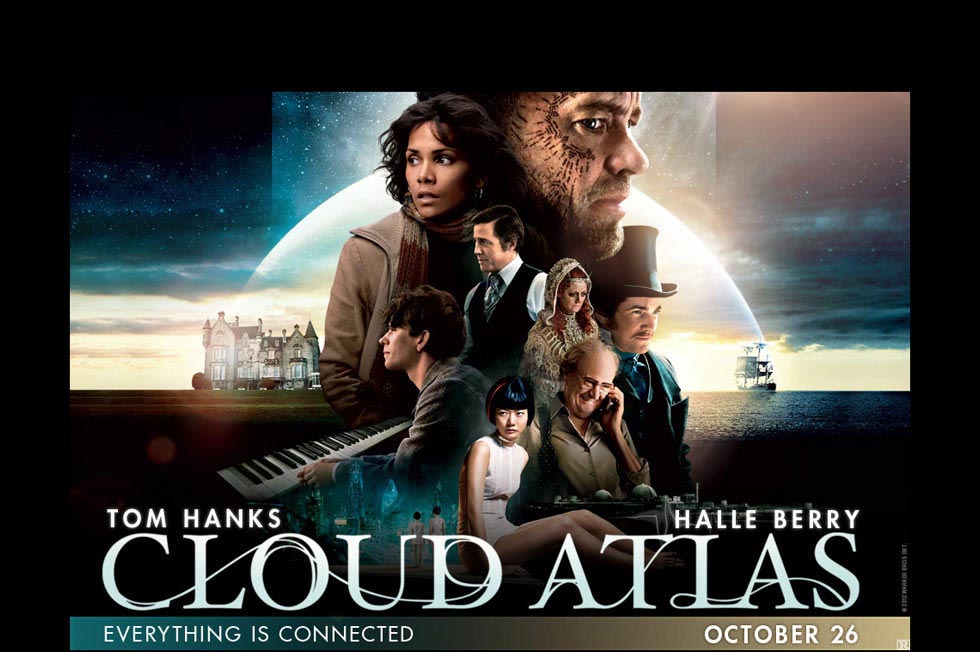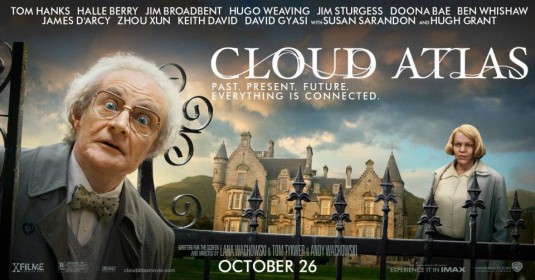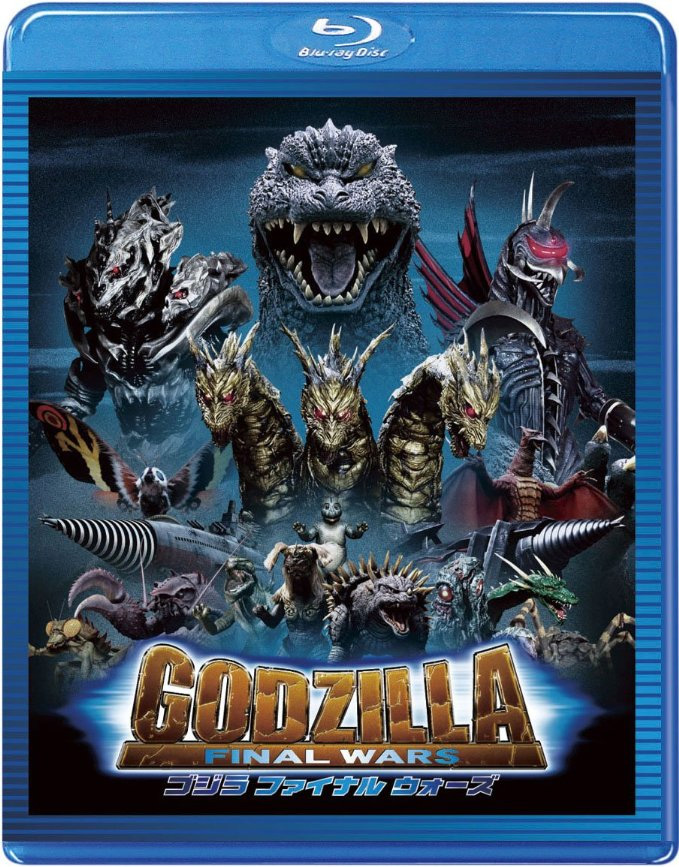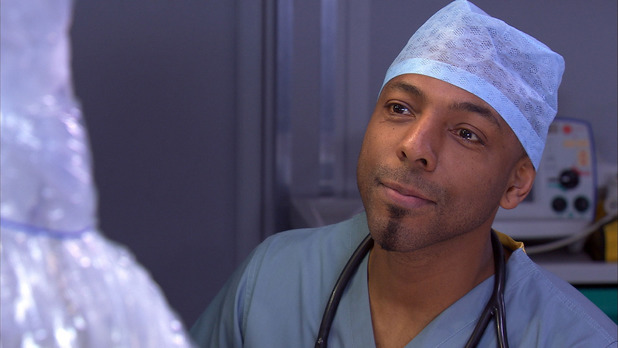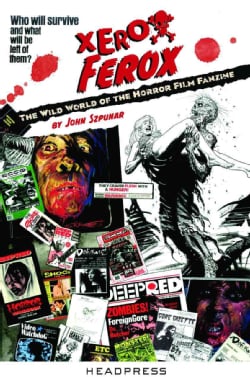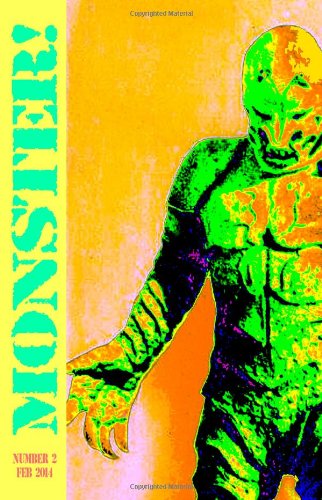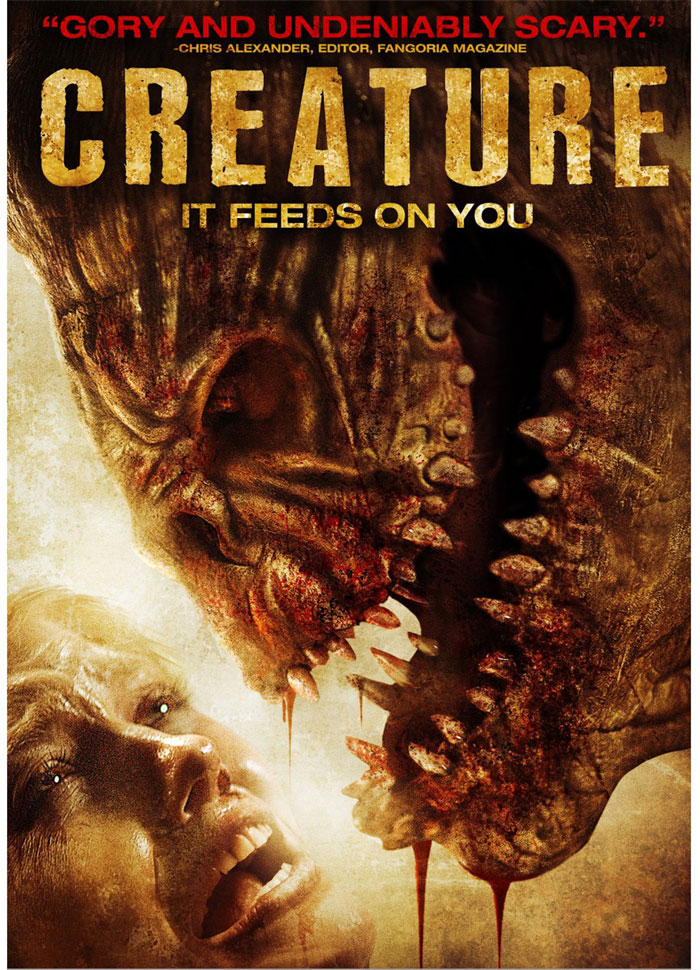(Brief introduction.
I watched my first Japanese giant monster movie back in 1963 at a local flea pit. It was The Thing (one of the many titles of the first Mothra movie) and was rated X (no-one under 16 allowed) because the British Board of Film Censors thought giant monsters would upset children, despite mostly lacking the slightest trace of gore, when in fact they were its likely biggest audience. Since then I've seen most but not all of the Godzilla movies (maybe missing about three) and several other similar/related Japanese films like Rodan, etc. So I'm quite well versed in this eccentric subgenre.)
The first problem with doing Godzilla seriously is that you can only do it once and it's already been done back in 1954. There are two versions of this film, the Japanese original and the slimmed down with added Raymond Burr American version which is in every respect inferior to the film from which it was edited. Gojira, to give it its proper name, is a bleak movie in which the monster clearly symbolises the atomic bomb which had been used only nine years earlier on Hiroshima and Nagasaki. Cut from the American print are the quieter moments which focuses on individuals. One brief scene has a young mother in the rubble, while noise of destruction continues off-screen, cradling her young child and murmuring, "Hush, we'll be with your father soon." That is, not to put too fine a point on it, dead.
If you only see one Godzilla movie then this should be it. All the others pale in comparison and all you can do next is to make a series of giant monster fights. Rather than repeat giant monsters every other sentence, I'll use the Japanese term kaiju to stand for giant monsters and the giant monster sub-genre itself. That said, this post is actually a review of the new American British-directed version but after seeing it I felt like watching the most recent era of Japanese movies which run from 1999 (with Godzilla 2000) to 2005 (ending with Godzilla: Final Wars which, so far, it is, though the Japanese also whipped out Godzilla 2000 after the critical disaster of the American Godzilla 1998) and have just completed doing so and will be commenting on, though I've also just got the Blu-ray of Godzilla 1998 which I'll watch before completing this post. And if I was speaking that sentence aloud I'd be out of breath by now. Let's take a breather anyway and look at some DVD covers.
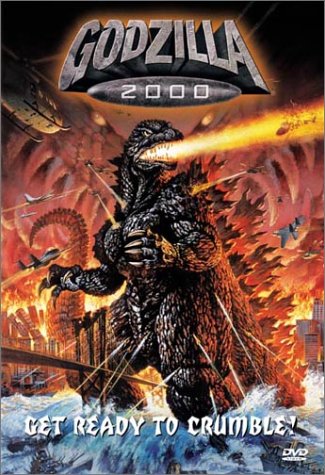
On second thoughts, let's not. The new series of Godzilla is technically the best of the three eras, the special effects notably the models, the detailed miniatures and the kaiju themselves, with the puny humans being less irritating and/or boring. There is some use of cgi but it's carefully done and the kaiju are always, always, always, men in suits. Unless they're giant moths, flying skinny insects, or spiders, but including Mothra larvae. Of the first three, the best is easily the third with its multi-monsters and elements of mysticism, though there's always magic around when Mothra's involved as her spokesperson are two tiny women who hold hands all the time and speak in unison but aren't twins.
This is one of the top 3 Godzilla movies ever.
The one below, not above! And there's a neat put down of Godzilla 1998.
A new incarnation of Mechagodzilla marked another revamp of Godzilla himself and Tokyo S.O.S. is a direct sequel albeit with mostly new characters. They're both reasonable fun and everyone's favourite giant moth is back but that's about it. Godzilla: Final Wars, however, has everything a G-fan would want (except Mechagodzilla) and, alas, even more.
A group of young people have mutant genes making them faster, stronger, and more resistant to human damage than ordinary people. They're so tough that, with big guns, they can take down one of the lesser kaiju Ebirah the monster lobster. There's also a super-submarine that can fly and go underground as well as under the sea and a few years ago it took down Godzilla, burying him/her at the South Pole.
Just as well as a sneaky bunch of aliens have disguised themselves to look like humans, secretly unleash all the monsters from previous Godzilla movies, pretend to rescue the Earth from them, and also lie about wandering planet that's going to destroy Earth in a few years unless we co-operate with them. But really they're slimy ugly things who just want to eat us.
It looks like they've won but a small group of humans and mutants escape in supersub and free Godzilla who, with a little help from Mothra, takes on all the other monsters one, two, even three at a time. Godzilla 1998 version, here called Zilla, is casually brushed aside by the real one causing the villain to throw a tantrum for its being so tuna-eating useless.
It's big, dumb, stupid and didn't make as much money as everyone expected but I love it.
The second problem with doing Godzilla, if not seriously, but properly is what to do about the puny humans and this where we come to-
-Godzilla 2014.
And that is the film's major weakness and has been pointed out by just about every reviewer so don't expect any devastatingly original insights from me here. With the exception of Bryan Cranston who gets offed somewhat under halfway through, you just don't give a flying fuck about any of the characters. They aren't annoying, they just aren't interesting. Aaron Taylor Wotsisname is Soldier-technician solely concerned about getting back home to make sure his wife and son are okay. While he gets involved in some fantastic set-pieces you just don't care about him as a person. Ken Watanabe is Intensity-sama, The lively vivacious British actress Sally Hawkins is Ms Infodump, Elizabeth Olsen is Nurse Working-wife in Peril, Juliette Binoche is Mrs Blink and you'll miss her, and none of the other characters raise even a remote flicker of interest.
Honestly, all the Japanese movies I've mentioned so far have more interesting characters than this one which is really really sad. Even worse, so does Godzilla 1998.This is a much and unfairly maligned film which I've just watched since typing the previous sentence. The problem is that the Japanese are right: this is not Godzilla. If they'd given it a different title/name it wouldn't have attracted anywhere near the crap on from a great height criticism it received. It's a good fun giant monster movie (not kaiju in this case which has to be a man in a suit) with a good cast (including Jean Reno, Matthew Broderick, Hank Azaria, Michael Lerner, and Harry Shearer) and engaging lead and supporting characters who are proactive rather than reactive -the main problem with G:2014. At two hours I never once felt the urge to fast forward through any of it. There's also a decent selection of extras on the 2009 Blu-ray (which only cost me a fiver) and I'll probably watch them tomorrow.
However, back to Godzilla 2014 and what it actually does get right. And also wrong.
Big complaint from many reviewers is that the title character hardly appears in his own movie. However, much as I would want to see more of the big guy, the director has it right on this score. Let's face it, the idea of giant monsters on the rampage is a silly one and there's little you can do to disguise it unless you create a mystique by building up the suspense about when he's going to appear and what he's going to look like when he does. Similarly for the other two kaiju featured in the film. Holding them back, showing only glimpses increases the expectation and this works well in terms of the film when it finally does show its hand. By this time you're psychologically prepared to take the damn things seriously. And leaving the audience wanting more is lot better than leaving them wanting less.
Of course they're cgi, not men in suits which should be a shame but isn't. The kaiju are well done and the set pieces of destruction and the fights with Godzilla are very well done indeed. The special effects are magnificent. In fact you can't fault the technical level of the film.
What didn't set so well with me was the sheer size of Godzilla, by far the largest he's ever been in any movie. It just didn't feel right. He's too damn big and too unstoppable even though the other creatures give it at fair shot, at least briefly. Also it's too easily accepted that he's the good guy who just wants to stop the other creatures from breeding and thus ending up destroying humanity if they do. You get the ludicrous sight of the U.S. navy acting as his escort across the Pacific to L.A. rather than trying to blast him to bits.
Overall I really liked what was good about it and could tolerate the not so good.
As we all now know it's become a blockbuster with a second film commissioned with the same director which poses the question: how are they going to do it without it becoming either a monsterfest or a repeat of the first film? I'd prefer the former provided it has a really good human story to provide the film's spine. Can anyone think of a third alternative?




